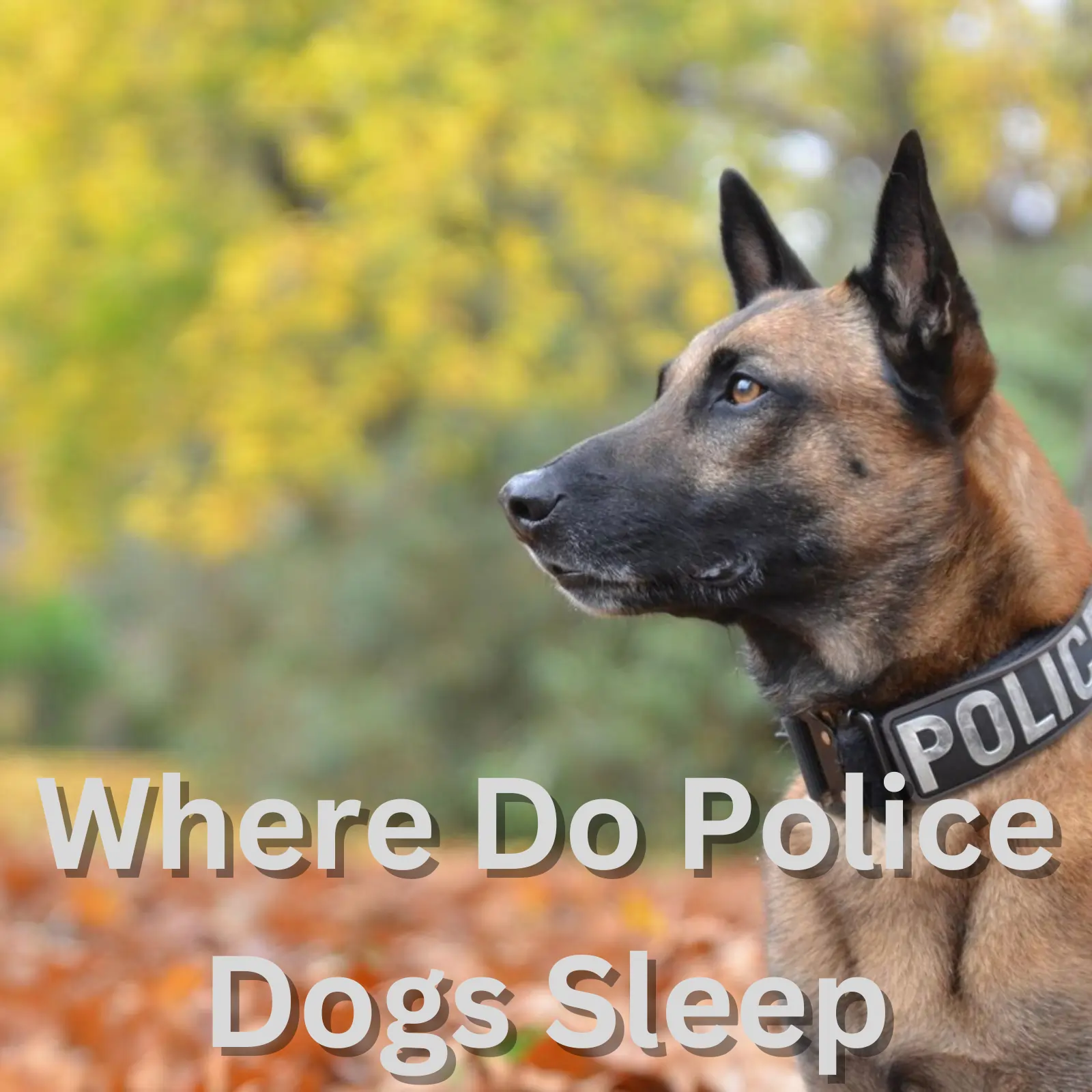
Where Do Police Dogs Sleep
Introduction
Police dogs are cool, since the recent earthquake in Turkey and Syria I have been paying a bit more attention to dogs in police and rescue units. These highly trained canines have proved their usefulness in searching for narcotics, explosives, apprehending criminals and locating missing persons or cadavers.
But besides the fact that I really didn’t know much about police dogs or working dogs in general I wanted to know: where do police dogs sleep? Well, it’s a pretty simple answer really, but it led me to research all kinds of things related to dogs so we’ll be covering that in this article so keep reading.
History of Police Dogs
The use of police dogs as we know them today is not a new concept, in fact there are reports of dogs being used as guards as early as the Middle Ages. they were employed to guard villages and protect their inhabitants.
However, because the police (as we know them today) didn’t exist back then it makes sense that modern police dogs were mostly a newer concept introduced in the 20th century. In 1907, the Ghent Police Department in Belgium established the first organized police dog service. The success of this unit quickly gained attention, and other countries followed suit, adopting the concept of using dogs for police work.
But dogs were used just not as official police dogs before then, they were widely used for tracking criminals and protecting farm animals since the 12th century. One interesting example: they were widely used in 1880 to apprehend the infamous Jack The Ripper.
In the United States, the first official police dog unit was established back in 1931 in the New York Police Department. Since then, K9 units as they’re known here have become an integral part of most police departments around the country.
Breeds and Training
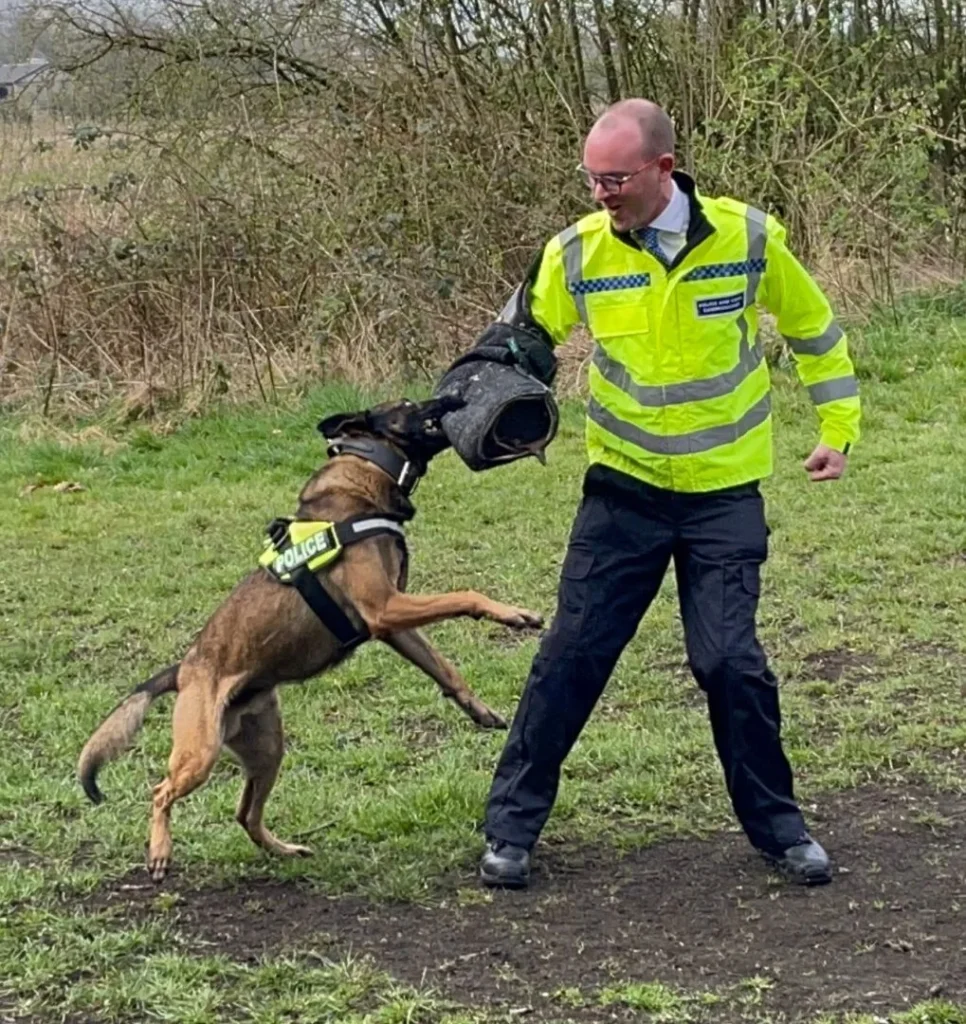
You have probably seen a lot of German Shepherds, Belgian Malinois, Dutch Shepherd, Labrador Retriever, and Bloodhound around in police gear, these guys look menacing but also kind of cute whit their police dog vest. All of these breeds and some others that I haven’t mentioned have a set of skills and physical characteristics that make them well suited to police work.
These breeds have the required intelligence and loyalty to follow commands, the strength and agility to perform for long periods of time and also an amazing sense of smell that lets them do things no human or machine can do.
Training these guys starts at a very early age, so early in fact that it often happens before they’re even 1 year old. Most of the time the dogs are previously vetted by dog training pros to see if they’re a good fit, some dogs can never become police dogs just like some humans shouldn’t really become police officers.
During training, the canines undergo rigorous training in obedience, agility, tracking, and scent detection. Additionally, they are trained to build a strong bond with their human handlers, ensuring seamless communication and teamwork in the field.
Where do They Sleep
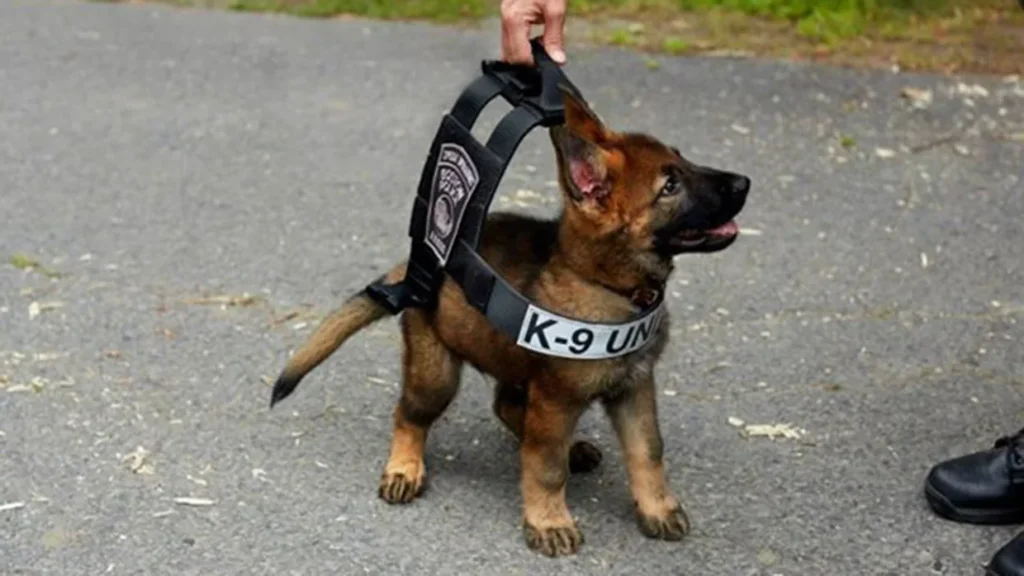
I didn’t forget this question, but It felt weird putting it first without some police dog background. As you can imagine police dogs are not normal pet dogs, they go through some rigorous training and they are also pretty special in a way even before training.
Depending on the country, department and function these dogs can either sleep in a special police dog kennel or they can go home with their handler. In the US it’s common for many precincts to pay handlers to house, train and care for police dogs as if they were part of the family.
So it really depends on the place and the handler, I’m sure most handlers have no problem living with their police dog and many will also take them in after they have retired, this can make their transition into “civilian” life easier.
Roles and Responsibilities
Police dogs perform various tasks, depending on their training and specialization. Some of the primary roles they serve in law enforcement include:
Narcotics and Explosives Detection
Dogs possess an extraordinary sense of smell, which is significantly more powerful than that of humans. This ability makes them highly effective at detecting illicit substances such as narcotics and explosives. Police dogs trained in this capacity can quickly locate hidden contraband, aiding officers in confiscating illegal drugs and preventing potential terrorist attacks.
Apprehending Suspects
Some police dogs are trained specifically to assist in apprehending suspects. These dogs, often referred to as patrol dogs, are taught to track and subdue individuals attempting to evade law enforcement. Their speed, agility, and strength enable them to catch and hold suspects until officers can make an arrest.
Search and Rescue
Police dogs are also invaluable in search and rescue missions. Their keen sense of smell and tracking abilities make them highly efficient at locating missing persons or finding individuals trapped in disaster-stricken areas. In some cases, police dogs have been credited with saving lives by finding individuals who would have otherwise been impossible to locate.
Crowd Control
In situations where large gatherings may become unruly, police dogs can be used for crowd control. Their presence can help maintain order and deter individuals from engaging in violent or disruptive behavior.
What are the Most Common Breeds Used
German Shepherd
German Shepherds at this point are the widely known as police dogs all over the world, these guys are super smart, obedient and loyal. This makes them ideal candidates for becoming police dogs. German Shepherds have an innate protective instinct and are often the best general purpose police dogs for this reason.
They are used for all kinds of things, detecting drugs, explosives, guarding, patrolling and crowd control.
Belgian Malinois
This is another super popular police dog breed, the Belgian Malinois is also very smart and loyal, they have a strong work ethic and can work for long periods of time without rest. Belgian Malinois are also general purpose like German Shepherds but they excel as patrol dogs, trackers. Some military and special forces unit also love this breed thanks to their immense energy and athleticism.
Labrador Retriever
While not as common as German Shepherds or Belgian Malinois, Labrador Retrievers are also used as police dogs. These dogs are very easy to train and have a strong desire to please their handlers. They are often used for detection work, such as sniffing out drugs and explosives. Labrador Retrievers are also used in search and rescue operations and as therapy dogs.
Dutch Shepherd
The Dutch Shepherd is a breed of dog that is similar in appearance to the Belgian Malinois. These dogs are highly trainable and have a strong work ethic, making them well-suited for police work. Dutch Shepherds are often used as patrol dogs, as well as for tracking and detection work. They are also used in search and rescue operations.
Rottweiler
Rottweilers are large, powerful dogs that are often used as police dogs. These dogs have a strong protective instinct and are well-suited for patrol work. Rottweilers are also used for tracking and detection work, as well as in search and rescue operations.
Rottweilers were used much more in the past but handlers are preferring other breeds nowadays, so rottweilers are more civilian than police today.
Impact on Law Enforcement
The introduction of canines to police units worldwide has had a big impact on how these units operate. Police dogs have repeatedly proved that they’re a useful addition to any police unit, and they’re actually invaluable in some like drug detection and tracking.
It’s their amazing sense of smell that really sets these guys apart, their ability to locate hidden narcotics and explosives has led to substantial seizures of contraband and the dismantling of criminal networks. The use of police dogs in search and rescue missions has saved countless lives, while their deployment in crowd control situations has helped maintain order and prevent violence.
If this wasn’t enough, the bond between police dogs and their handlers has fostered a sense of camaraderie and teamwork, boosting morale within law enforcement agencies. These canines have become not only valuable partners but also beloved members of their respective departments.
Conclusion
Police dogs are unsung heroes in the world of law enforcement. Their unique skills and abilities have made them indispensable assets, allowing officers to perform their duties more effectively and efficiently. As their roles continue to evolve and expand, police dogs will undoubtedly remain crucial members of law enforcement teams, ensuring the safety and security of communities worldwide.
Related
References
You may also like

What Country Has The Most Homeless Dogs

Why Do Dogs Let Cats Bully Them
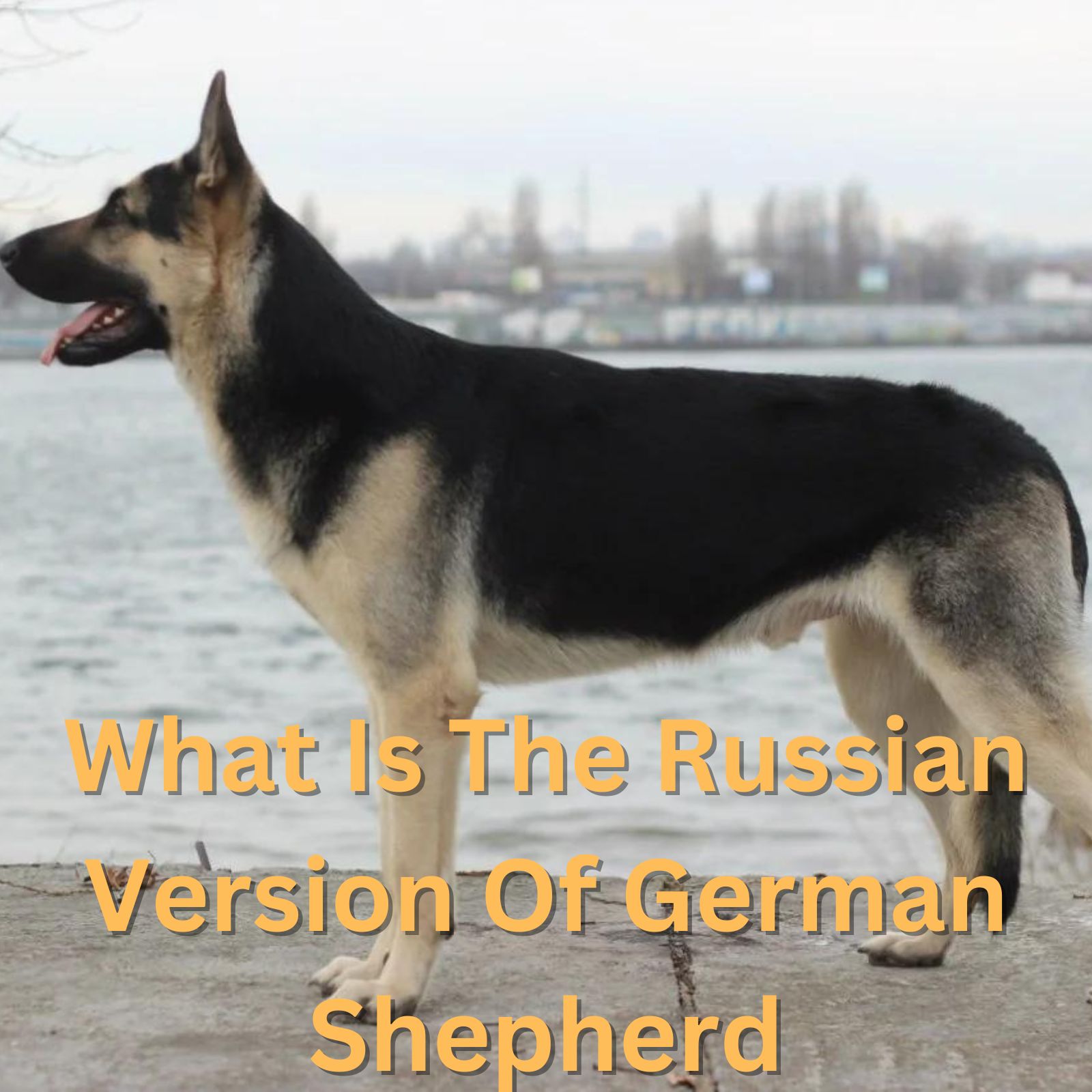
What Is The Russian Version Of German Shepherd
Archives
- December 2025
- November 2025
- October 2025
- September 2025
- August 2025
- October 2023
- September 2023
- August 2023
- July 2023
- June 2023
- May 2023
- April 2023
- March 2023
- February 2023
- January 2023
- December 2022
- November 2022
- October 2022
- September 2022
- August 2022
- June 2022
- May 2022
- April 2022
- March 2022
- January 2022
- December 2021
- November 2021
- October 2021
- August 2021
- November 2020
- July 2020
- May 2020
- April 2020
- March 2020
- August 2018
- July 2018
- June 2018
- April 2018
- March 2018
Calendar
| M | T | W | T | F | S | S |
|---|---|---|---|---|---|---|
| 1 | 2 | 3 | 4 | |||
| 5 | 6 | 7 | 8 | 9 | 10 | 11 |
| 12 | 13 | 14 | 15 | 16 | 17 | 18 |
| 19 | 20 | 21 | 22 | 23 | 24 | 25 |
| 26 | 27 | 28 | 29 | 30 | 31 | |
Categories
- Aftercare Procedures
- Age Groups
- AI/ML
- Alternative Medicine
- Animal Health
- Animal Husbandry
- Animals
- Anti-Aging
- Architectural Design
- Art And Technology
- Auditory Science
- Augmented Reality
- Automation
- Babies
- Baby
- Beauty & Skincare
- Biohacking
- Biomechanics
- Book Reviews
- Breastfeeding
- Budgeting
- Budgeting Strategies
- Business
- Cardiovascular Health
- Career Advice
- Career Development
- Career Growth
- Cats
- Chess
- Chronobeauty
- Circular Economy
- Cleaning Tips
- Cloud Computing
- Cognitive Health
- Cognitive Performance
- Cognitive Science
- Community
- Community Building
- Community Engagement
- Community Living
- Computer Vision
- Consumer Guides
- Consumer Trends
- Container Gardening
- Content Analysis
- Content Non-Technical
- Content Strategy
- Cosmetic Chemistry
- Cultural Events
- Cycling
- Data Analysis
- Data Engineering
- Data Science
- Database
- Design Psychology
- Design Trends
- Developer Productivity
- Diet
- Diet
- Digital Identity
- Digital Media
- Digital Wellbeing
- DIY Projects
- Dogs
- Engineering Culture
- Entertainment News
- Environmental Impact
- Environmental Science
- Equity Compensation
- Ethical AI
- Exercise
- Exercise Science
- Exercise Technique
- Exotic Pets
- Fall Gardening
- Family
- Family Health
- Family Life
- Fashion Business
- Fashion Industry
- Fashion News
- Fashion Tech
- Financial Analysis
- Financial Optimization
- Financial Planning
- Flooring Maintenance
- Food
- Food Psychology
- Food Safety
- Food Tech
- Functional Fitness
- Functional Training
- Future Of Work
- Garden Care
- Garden Maintenance
- Gardening Tips
- Gig Economy
- Greece
- Greek
- Greek Food
- Green Technology
- Gymnastics
- Hardware Engineering
- Health
- Health And Wellness
- Health Informatics
- Health Science
- Health Tech
- Healthcare Management
- Healthy Eating
- Healthy Recipes
- Holistic Health
- Holistic Wellness
- Home & Living
- Home Decor
- Home Financing
- Home Health
- Home Improvement
- Home Organization
- Home Styling
- Horticulture
- Identity Management
- Industrial Design
- Industry Analysis
- Infant Nutrition
- Infrastructure Management
- Ingredient Deep Dive
- Integrative Health
- Integrative Medicine
- Interior Design
- Internet of Things
- Internet of Things (IoT)
- Invalid Request
- Investment Strategies
- Investment Strategy
- IoT
- Kids
- Leadership Development
- Learning Strategies
- Lifestyle
- Lifestyle Brands
- Lifestyle News
- Lifestyle Optimization
- Literary Criticism
- Literature
- Logistics Management
- Material Science
- Materials Science
- Meal Planning
- Media Analysis
- Meditation
- Mental Health
- Mental Performance
- Mental Wellness
- Miami
- Miami Food
- Mind And Body
- Minimalism
- Mobile Development
- Neuroscience
- No Applicable Categories
- Nutrition
- Nutrition News
- Open Source
- Operating Systems
- Operational Resilience
- Opinion
- Organization Tips
- Outdoor Living
- Over 40
- Over 50
- Over 60
- Parenting
- Parenting
- Parenting Strategies
- Performance
- Performance Optimization
- Personal Development
- Personal Finance
- Personal Growth
- Personal Productivity
- Pet Care
- Pet Safety
- Philosophy
- Politics
- Productivity
- Productivity Engineering
- Protein
- Psychology
- Psychology of Space
- Reading Culture
- Real Estate Investment
- Recipes
- Regulatory Compliance
- Remote Work
- Renovation Planning
- Resource Management
- Respiratory Health
- Responsible Pet Ownership
- Retail Strategy
- Robotics
- Science
- Seafood
- Seasonal Gardening
- Security
- Sedentary Health
- Self-Care
- Skincare Science
- Skincare Trends
- Sleep
- Sleep Health
- Smoothies
- Social Impact
- Soft Skills
- Soil Health
- Spatial Computing
- Spatial Design
- Stress Management
- Supplements
- Sustainability
- Sustainability Science
- Sustainable Engineering
- Sustainable Fashion
- Systems Engineering
- Tax Optimization
- Tax Strategy
- Tech Investment
- Travel
- Travel News
- Travel Safety
- Travel Tips
- Trend Analysis
- Uncategorized
- Urban Planning
- User Experience
- Veggie
- Vietnam
- Virtual Events
- Volunteering
- Wealth Management
- Wearable Technology
- Wellness
- Wellness Technology
- Winter Gardening
- Work-Life Balance
- Workplace Culture
- World
- Writing
- Writing Skills
- Year In Review
- Yoga News
- Zero Waste

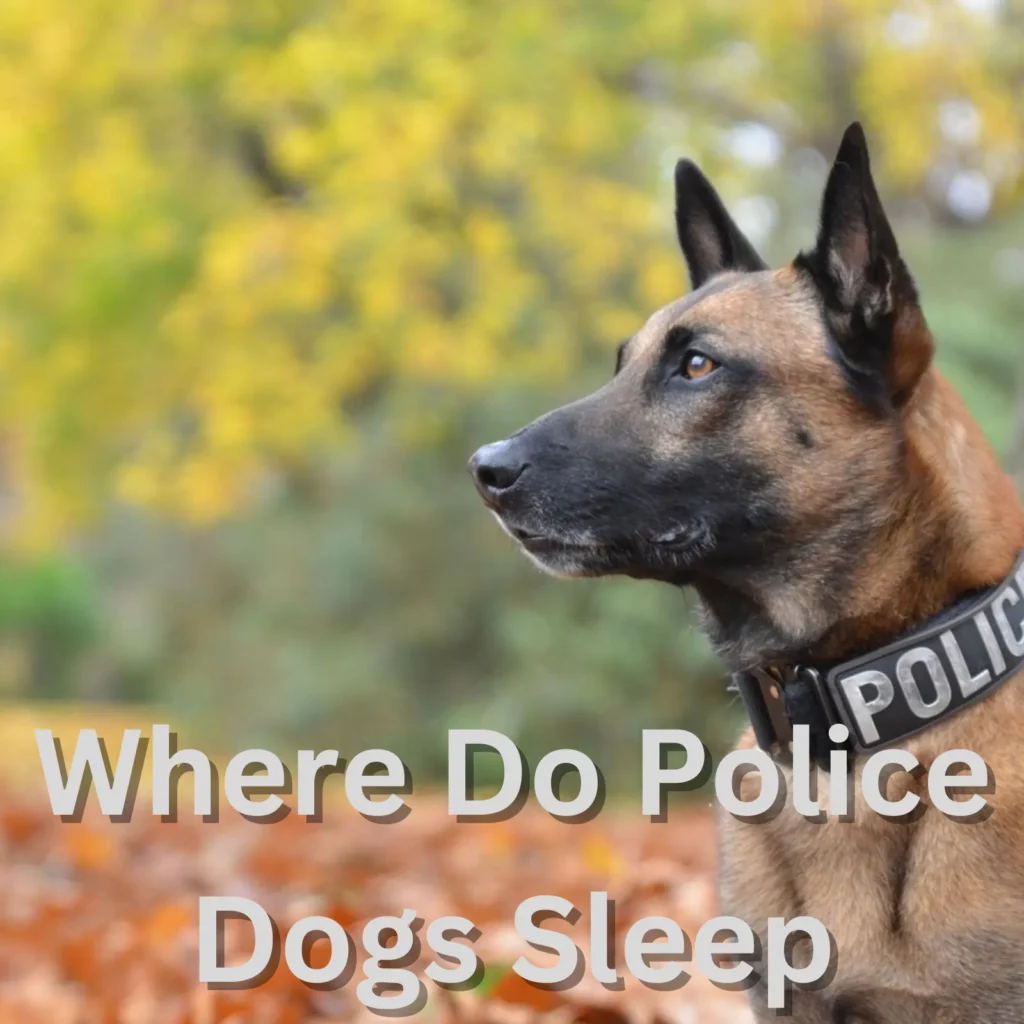
Leave a Reply